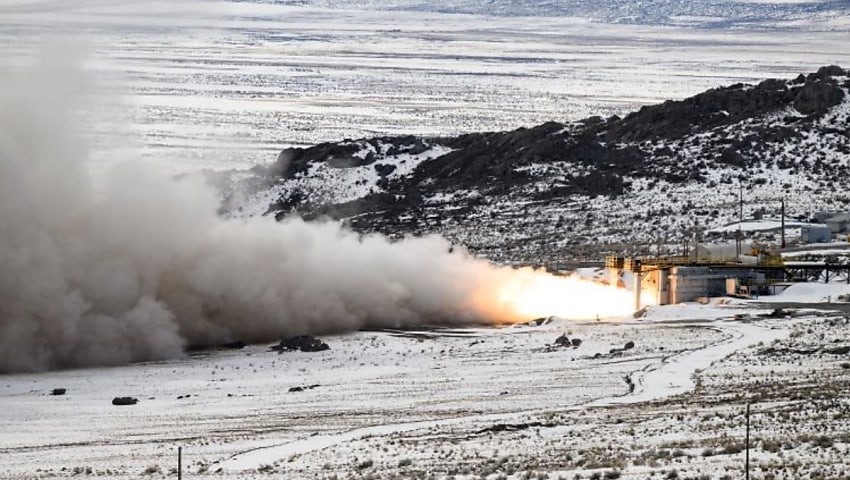The next phase of replacing the US Minuteman III intercontinental ballistic missile is steadily progressing with Northrop Grumman test firing a rocket motor for its upcoming Sentinel ICBM.
The US multinational aerospace company and Air Force Nuclear Weapons Center conducted the first full-scale static test fire of the stage-one solid rocket motor at a test facility in Utah on 6 March.
The next-generation Sentinel in development is planned to replace the current Minuteman III intercontinental ballistic missile, which has been in service since the 1960s.
Northrop Grumman sentinel program manager and vice-president Sarah Willoughby said the motor fired for the anticipated duration, meeting performance parameters and objectives within expected ranges.
“This static fire highlights the advances we’ve made in digital engineering and gives us confidence in our ability to translate that into hardware build and test as we continue to make progress on the path to flight testing,” she said.
“The results allow us to validate and anchor our stage-one motor performance before entering qualification testing and completing system analyses, key to lowering risk as we mature the Sentinel design and advance towards critical design review.
“Our investments in digital design, test, and advanced manufacturing help to ensure we develop this next-generation missile more affordably and with innovation at its core, delivering to the Air Force a safe, secure, reliable, and flexible capability.”
The Sentinel missile features a three-stage booster, with Northrop Grumman producing the first two stages. The company is also leveraging advanced testing equipment that allowed for increased data collection to better understand motor characteristics.



